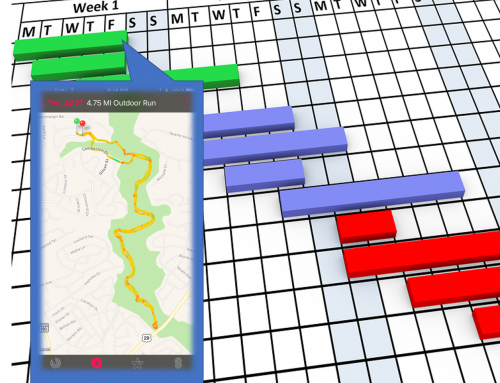I’ve lost count of the number of times I’ve heard UX professionals say that they are introverts. Sometimes they tell me directly, and sometimes it just comes up in a group conversation. At other times, I’ve heard it from speakers at conferences. Is it true? Are introverts attracted to UX?
Let’s backup a bit. What is an introvert? An introvert, by definition, is someone who gains energy from quiet solitude. An extrovert, on the other hand, gains energy from interactions with other people.
I believe many UX professionals are self-classifying as introverted, when in fact, they may be shy. One can be shy and still want to be around people but may just feel awkward or uncomfortable about doing so. There certainly are true introverts out there in the UX world, just not as many as all of the self-classifications would have one believe. Additionally, not being introverted doesn’t mean one is instead extroverted. In fact, Myers Briggs, which tends to push people into a series of binary classifications, allows for a score of zero, which means neither one nor the other. And that is where the ambivert comes in.
An ambivert is a person who is neither strongly introverted nor extroverted but rather could have characteristics of both personality traits. That’s where I fall – sometimes I’m an extrovert gaining energy from my interactions with those around me, and sometimes I’d rather just be alone and let my energy replenish without any in-person interactions. And there have certainly been instances where I found myself somewhere surrounded by people that I didn’t know, and without a defined role in the situation, I have felt shy. So, how do you overcome shyness when doing your UX work or surrounded by other UX professionals?
- Have a purpose. I’ve taken a “mall intercept” approach before when doing user research – placing myself in the right place where I could find the right people to conduct my research. They were strangers, but I had a strong purpose and I had a nice incentive for participating. It was easier that way to approach the strangers than it would have been if I didn’t have a defined mission. Similarly, whatever your area of UX, when you find yourself in a strange or new work situation, frame your purpose in being there and do your best to strongly associate yourself with that purpose. I previously wrote about the value of being a UX leader. Being a leader in a UX organization, inclusive of simply being a volunteer for the organization without a specific title, gives you a purpose in being at UX events. You have a job to do, and when you meet people, they will see you are busy at your tasks. It also provides an easy entry to conversations.
- Find an ally. Whether you are in the field, at a conference, in a meeting or at an event, find one person to initially talk to. Make some small talk, warm up. If someone else is nearby, it becomes easier to loop them into the conversation and gather people around you.
- Know your brand and be clear on who you are. Craft an elevator pitch when you are alone – 30 seconds for you to explain what you do and why you are worth talking to. Then practice it, tweak it, iterate it, and commit it to memory. When you do then meet someone new, while you don’t necessarily need to use your elevator pitch, you’ll have it in your back pocket. The same is true for projects. If you are out in the field somewhere with a specific reason that you need to talk with the strangers around you for work, create a project-pitch – like the elevator-pitch, but not all about you.
Someone asked me recently if UX professionals need to care about people to do their job well. Whether one is an introvert, an extrovert or somewhere in-between, I believe that the answer is a definitive yes. As a UX professional, therefore, you’re lucky. When with colleagues, you’re likely to be surrounded by people that care about people. While they may be shy as well, in all likelihood they are going to want to meet you and hear what you have to say.
Image Courtesy of Vladm/Shutterstock








